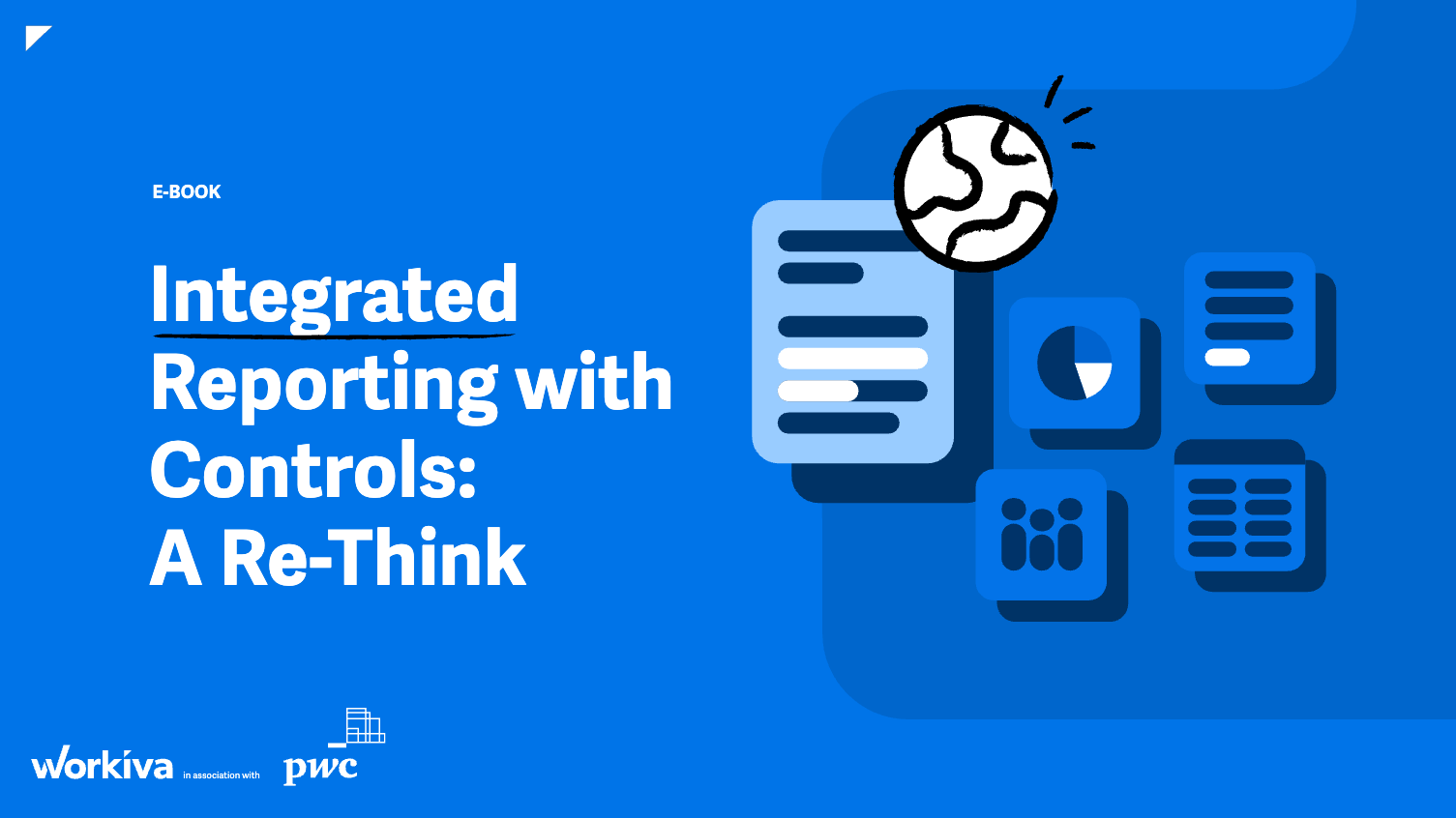The Complexities of Bankruptcy: A Comprehensive Guide
In the turbulent economic landscape, bankruptcy often appears as an intimidating yet potential lifesaver. It provides individuals and businesses who are unable to pay off their debts an opportunity for a fresh start. This extensive guide delineates the complexities of bankruptcy, the various types, and the legal implications involved.
Understanding Bankruptcy
Bankruptcy essentially involves liquidating assets to repay debts or creating a repayment plan. It’s not just about individuals. Bankruptcy laws also extend protection to businesses that are financially distressed.
The Bankruptcy Process
A bankruptcy case typically commences when the debtor files a petition with a bankruptcy court. This petition can be filed by an individual, jointly by spouses, or by a corporation or any other entity. All bankruptcy cases are dealt with in federal courts, following the rules stated in the U.S. Bankruptcy Code.
Types of Bankruptcy
There are several types of bankruptcies, commonly referred to by their chapters in the U.S. Bankruptcy Code. Individuals can file for Chapter 7 or Chapter 13 bankruptcy, depending on their specific circumstances. Businesses have the option to file bankruptcy under Chapter 7 for liquidation or Chapter 11 for reorganization.
Legal Assistance and Resources
Filing for bankruptcy is not a decision to be made lightly. It’s always advisable to seek the counsel of a qualified lawyer due to the long-term financial and legal consequences of bankruptcy. If you can’t afford an attorney, you may be eligible for free legal services from resources like the American Bar Association’s Legal Help website and the Legal Services Corporation.
Conclusion
Bankruptcy is a process that provides a lifeline to those drowning in debt, but it’s not a decision to be taken lightly. It’s imperative to understand the process, the implications, and your options before taking the plunge.
For more guidance on financial and legal issues, stay tuned to fintechfilter.com.






